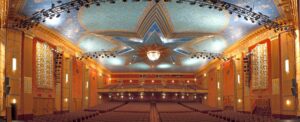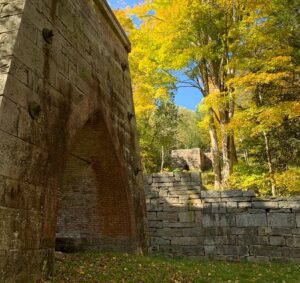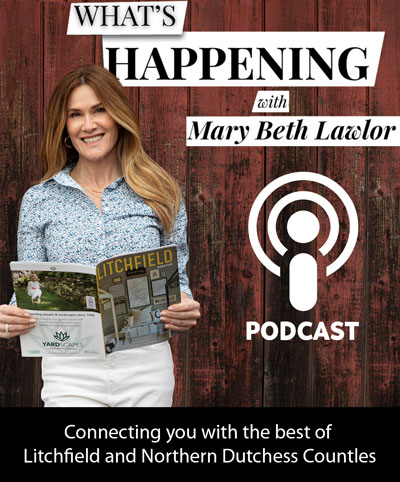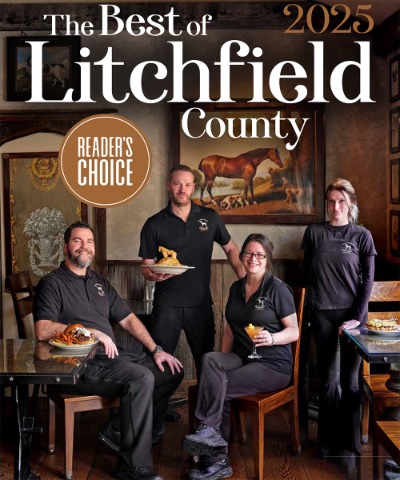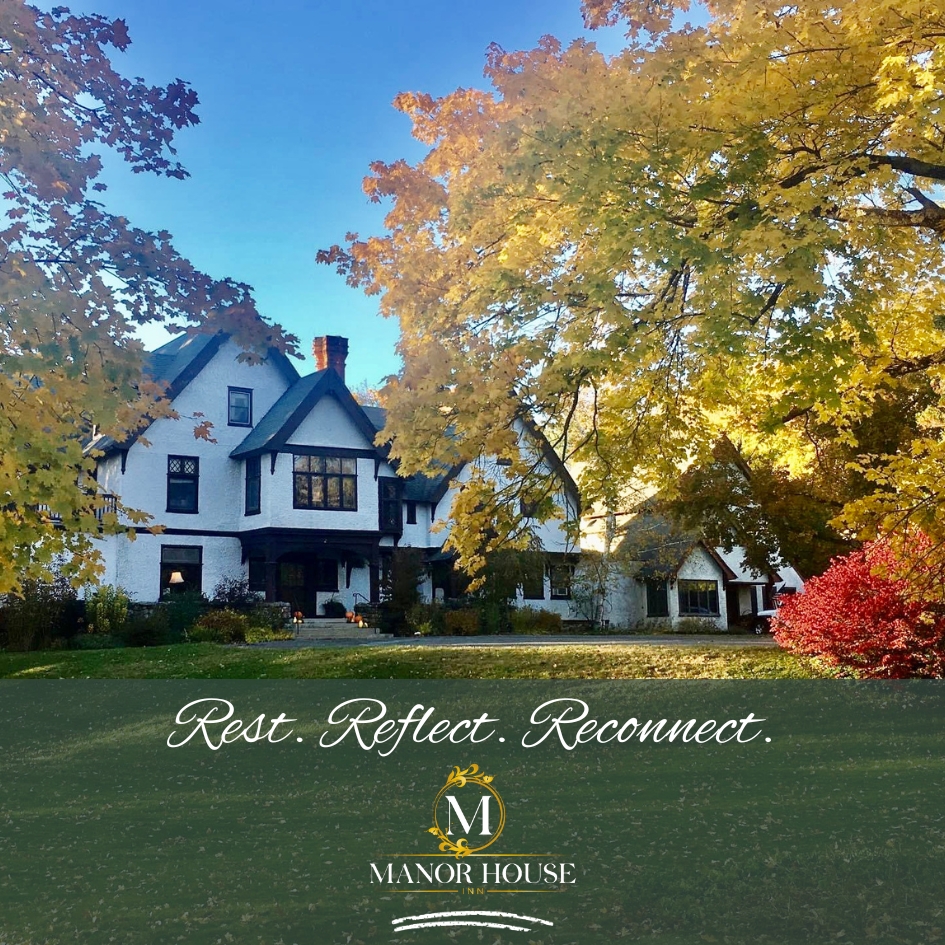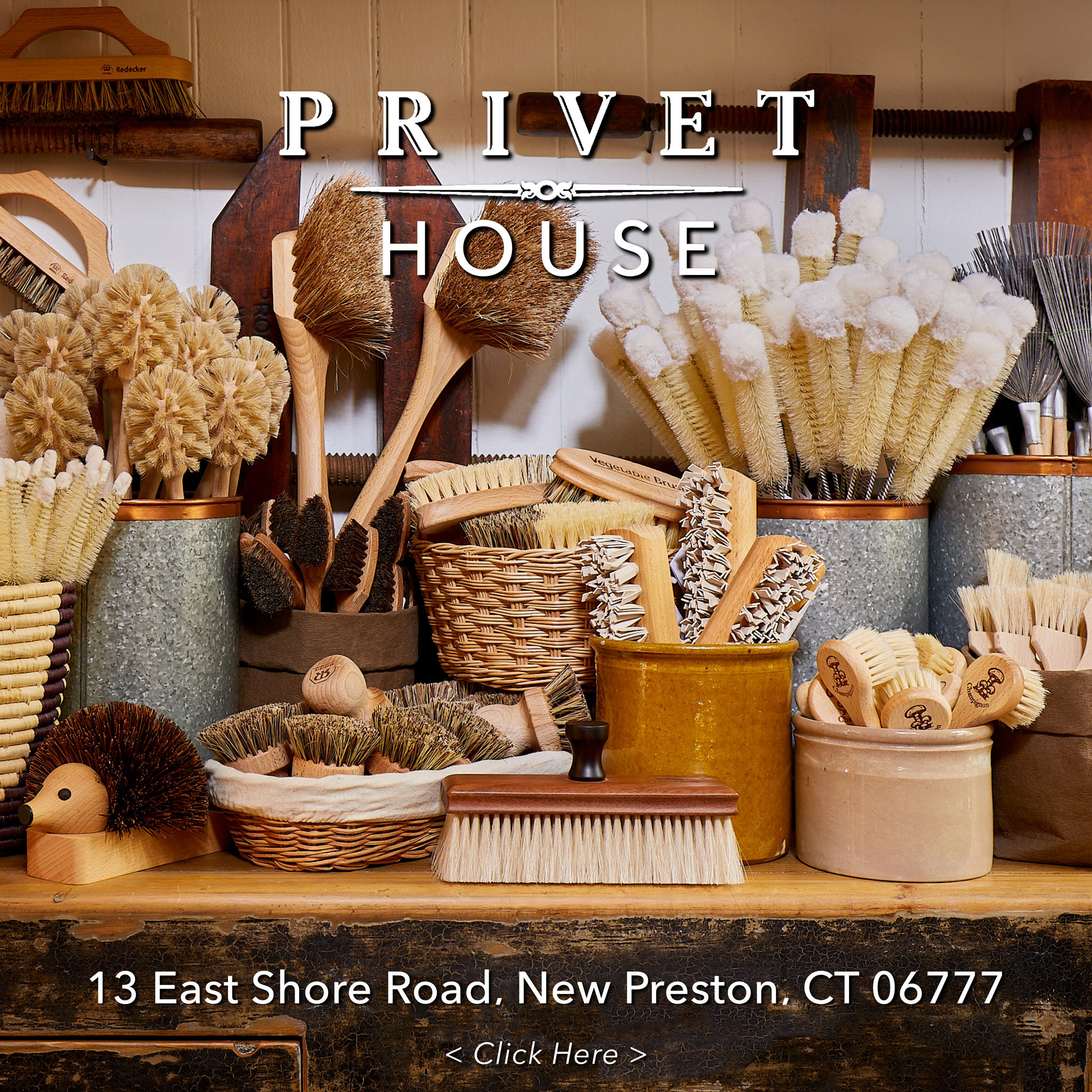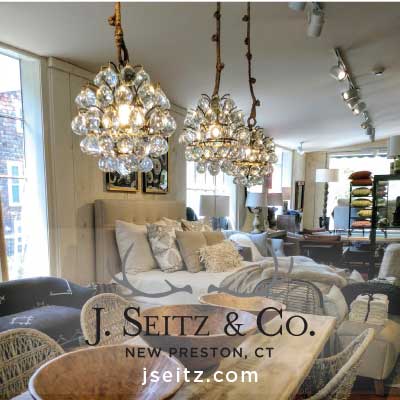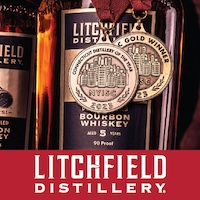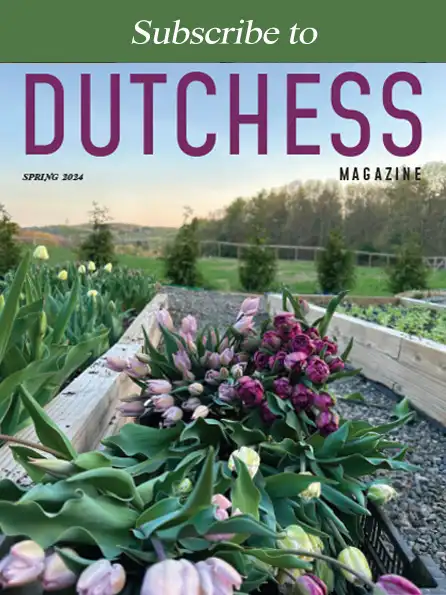The Jabez Bacon House is an architecturally significant three-story Georgian house built circa 1760 for the man reputed to be Connecticut’s first millionaire. Acknowledged as one of the finest 18th century houses in Connecticut, the Jabez Bacon house combines an extraordinary level of fine workmanship with well-preserved and uniquely beautiful features in superb original condition. Jabez Bacon was a self-made merchant who bought the property in Woodbury in 1758 at the age of 28. He was a partner in the Derby Fishing Company, which owned ships and traded along the eastern seaboard. Bacon had a store, now a private home next door, and was said to have sold supplies to the yankee peddlers for all of western Connecticut and into New York and Massachusetts.
Jabez Bacon House
30 Hollow Rd, Woodbury





